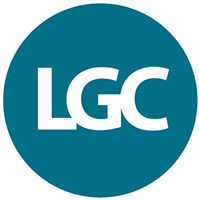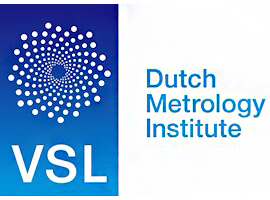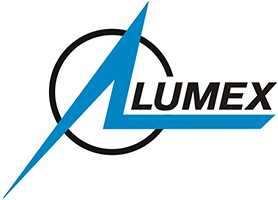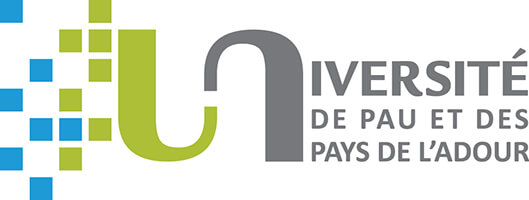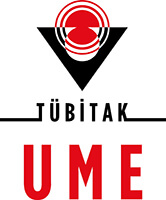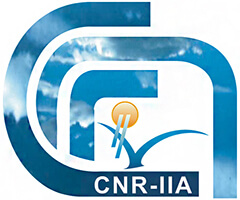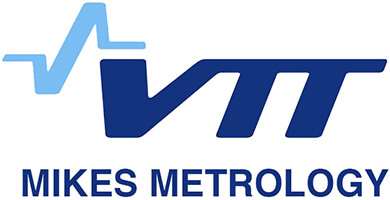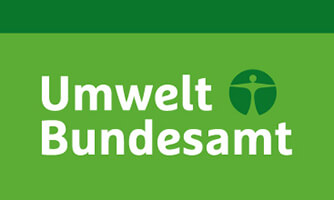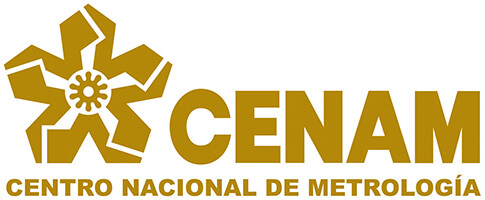
The Need for the Project
Hg is one of the most toxic metals. In the atmosphere, three forms of Hg exists: gaseous elemental mercury (GEM), gaseous oxidised mercury (GOM), and particulate bound mercury (PBM). Currently, traceable calibration methods only exist for elemental mercury (Hg(0)). However, such measurements are also needed for oxidised Hg species, i.e. Hg(II) to meet the requirements of EU regulation and the implementation of the Minamata Convention. For the control and assessment of Hg concentrations in the environment, it is essential to be able to monitor all Hg species. Therefore, the main challenges of this project are:
worldwide.
support.
towards same goal.
IMPACT!
On metrology, economy,
environment and health.
Latest Entries
MercOx has been successfully completed
The project is nearing completion. You are kindly invited to read the final Summary and final Publishable Report.
Global mercury assesment meeting: GMA Expert Group Meeting
will be held at the Jožef Stefan Institute, Department of Environmental Sciences, from November 21st to November 22nd, 2017.
CENAM W5 Creating Impact (2018)
In the framework of the project: "Development and implementation of analytical tools for the assurance of quality and traceability in the measurements of toxic elements (Hg) in fish of the Amazon", financed by the "Regional Fund for the Quality Infrastructure for biodiversity and climate protection in Latin America and the Caribbean ", two meetings where carried out:Kick-off Meeting "Definition...
Not a stakeholder member yet?
Sign up to receive latest project updates and upcoming stakeholder events.
Our worldwide partners
- LGC Limited, Science for a Safer World, UK
- TEAM MEMBERS
- ACTIVITY DESCRIPTION
- www.lgcgroup.com
- Contact: John Smith
- P S Analytical Ltd, Applying the power of atomic fluorescence
- TEAM MEMBERS
- ACTIVITY DESCRIPTION
- www.psanalytical.com
- Contact: John Smith
- JSI, Jožef Stefan Institute, Slovenia
- TEAM MEMBERS
- ACTIVITY DESCRIPTION
- www.ijs.si
- Contact: John Smith
- Optoseven Oy - Liquid and Gas Analysers, Finland
- TEAM MEMBERS
- ACTIVITY DESCRIPTION
- www.optoseven.com
- Contact: John Smith
- VSL, Dutch Metrology Institute
- TEAM MEMBERS
- ACTIVITY DESCRIPTION
- www.vsl.nl
- Contact: John Smith
- Lumex Instruments, Canada
- TEAM MEMBERS
- ACTIVITY DESCRIPTION
- www.laboratoryequipment.com
- Contact: John Smith
- UPPA, University of Pau and Pays de l'Adour, France
- TEAM MEMBERS
- ACTIVITY DESCRIPTION
- www.univ-pau.fr
- Contact: John Smith
- Tubitak, Turkish Metrology Institute
- TEAM MEMBERS
- ACTIVITY DESCRIPTION
- www.ume.tubitak.gov.tr
- Contact: John Smith
- National Research Council of Italy, Institute of Atmospheric Pollution Research
- TEAM MEMBERS
- ACTIVITY DESCRIPTION
- www.iia.cnr.it
- Contact: John Smith
- VTT Technical Research Centre of Finland Ltd, Mikes Metrology
- TEAM MEMBERS
- ACTIVITY DESCRIPTION
- www.mikes.fi
- Contact: John Smith
- Umwelt Bundesamt, Germany
- TEAM MEMBERS
- ACTIVITY DESCRIPTION
- www.umweltbundesamt.de
- Contact: John Smith
- CENAM, Mexican Metrology Center
- TEAM MEMBERS
- ACTIVITY DESCRIPTION
- www.cenam.mx
- Contact: John Smith
Contact
- Jožef Stefan Institute
- Jamova cesta 39, 1000 Ljubljana, Slovenia
- Phone: +386 1 477 39 00
- Email: This email address is being protected from spambots. You need JavaScript enabled to view it.
- Project Coordinator
- Prof. Milena Horvat, Ph.D.
- Head, Department of Environmental Sciences
- Phone: +386 1 5885 389
- Email: This email address is being protected from spambots. You need JavaScript enabled to view it.


The EMPIR initiative is co-funded by the European Union's Horizon 2020 research and innovation programme and the EMPIR Participating States

